Ford Edge engines, drive and performance

- Two fairly economical diesel engines
- Automatic suits the Edge better than the manual
- Four-wheel drive standard on all models
Unlike the Blue Oval’s previous attempts to sell North American-built SUVs, the Ford Edge is powered exclusively by diesel engines.
Diesel engines
Essentially there are two versions of the same 2.0-litre TDCi diesel engine available in the Edge – a 180hp version with a manual gearbox and a 210hp edition with an automatic transmission.
Despite relatively high horsepower and torque figures for an SUV of this type (the 180hp Edge has 400Nm of torque, the 210hp model produces 450Nm), neither version feels particularly quick – it’s a big, heavy thing, but then it’s not the sort of vehicle that buyers will necessarily equate with performance.
You’ll cover the 0-62mph acceleration benchmark in 9.9 seconds with the manual one, but the automatic pips it to the post with a 9.4-second time. Top speeds are 124mph and 131mph, respectively.
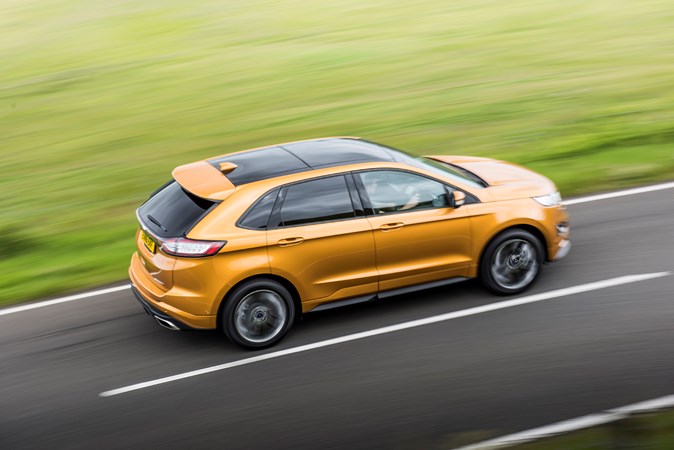
All Edges send their power to all four wheels, although the split of whether it primarily goes to the front or rear wheels is constantly varied based on acceleration and traction levels.
What’s it like to drive?
- Surprising agility for a large SUV
- Bodyroll is well-controlled
- Firm-riding, though
Most buyers of large SUVs don’t expect handling to be particularly enthusiat-sating, but the Ford Edge is pleasingly rewarding in this regarrd.
Its steering is fairly sharp, especially in ST-Line guise, enabling the Edge to feel significantly more agile than the Hyundai Santa Fe and Kia Sorento. It holds its line surprisingly well without much body wallow around bends. In this respect Ford has done a good job of retuning it for European tastes.
In fact, the Edge doesn’t feel a stereotypical North American car at all – especially at higher speeds, where it’s noticeably more settled and composed across a winding country road. The ride is also not as cushioned as you might expect, either, which is disappointing.
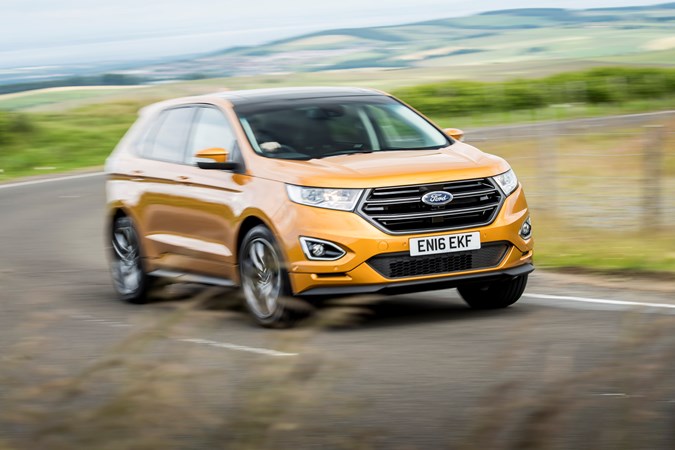
The adaptive steering (standard on higher-spec models) is light and responsive at low speeds, but heavier when you’re moving faster – making it feel a little more precise than the standard set-up.
Its width can make it difficult to place on narrower roads, but it’s agility makes up for it – in our experience, it’s a more satifying drive than the Mondeo it shares its underpinnings. with.


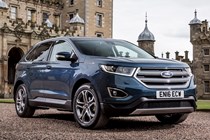
.jpg)
.jpg)
.jpg)
.jpg)
.jpg)
.jpg)
.jpg)
.jpg)
.jpg)
.jpg)
.jpg)
.jpg)
.jpg)
.jpg)
.jpg)
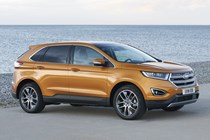
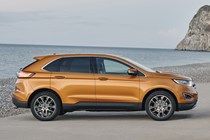
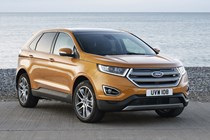
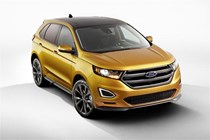
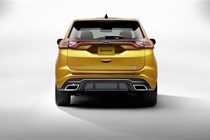
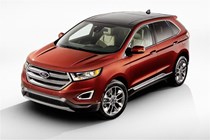
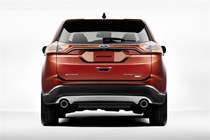
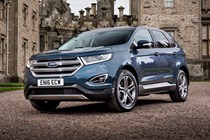
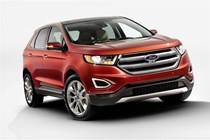
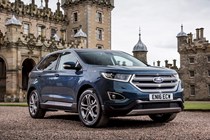
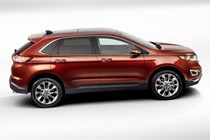
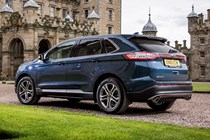
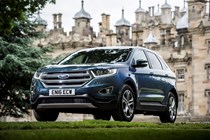

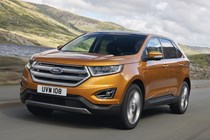
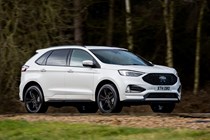
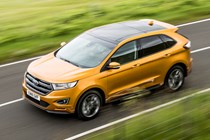
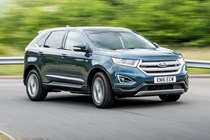
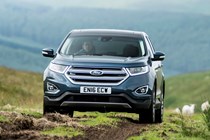


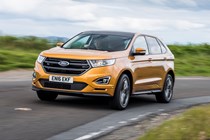
.jpg)
.jpg)
.jpg)
.jpg)
.jpg)
.jpg)
.jpg)
.jpg)
.jpg)
.jpg)
.jpg)
.jpg)
.jpg)
.jpg)
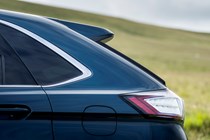
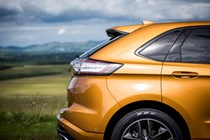
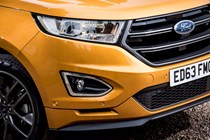
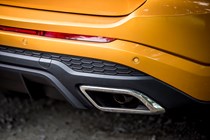
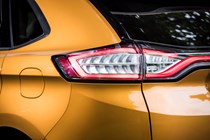
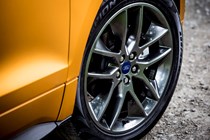
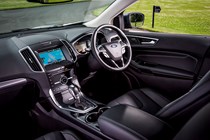
.jpg)
.jpg)
.jpg)
.jpg)
.jpg)
.jpg)
.jpg)
.jpg)
.jpg)
.jpg)
.jpg)
.jpg)
.jpg)
.jpg)
.jpg)
.jpg)
.jpg)
.jpg)
.jpg)
.jpg)
.jpg)
.jpg)
.jpg)
.jpg)
.jpg)
.jpg)
.jpg)
.jpg)
.jpg)
.jpg)
.jpg)
.jpg)
.jpg)
.jpg)
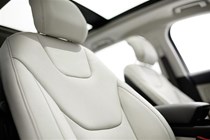
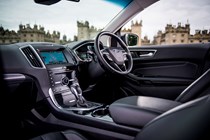

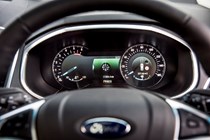
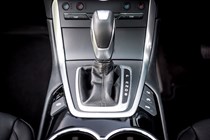
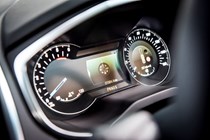
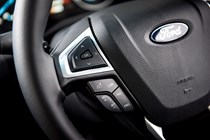
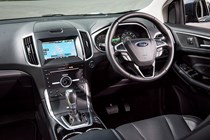
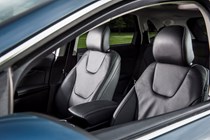
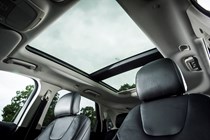
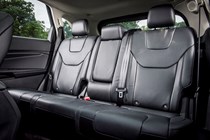
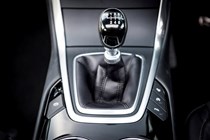
.jpg)
.jpg)
.jpg)
.jpg)
.jpg)
.jpg)
.jpg)
.jpg)
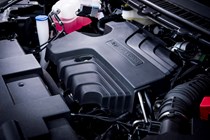

.jpg?quality=50)
.jpg?quality=50)
.jpg?quality=50)
.jpg?quality=50)
.jpg?quality=50)
.jpg?quality=50)
.jpg?quality=50)
.jpg?quality=50)
.jpg?quality=50)
.jpg?quality=50)
.jpg?quality=50)
.jpg?quality=50)
.jpg?quality=50)
.jpg?quality=50)
.jpg?quality=50)






















.jpg?quality=50)
.jpg?quality=50)
.jpg?quality=50)
.jpg?quality=50)
.jpg?quality=50)
.jpg?quality=50)
.jpg?quality=50)
.jpg?quality=50)
.jpg?quality=50)
.jpg?quality=50)
.jpg?quality=50)
.jpg?quality=50)
.jpg?quality=50)
.jpg?quality=50)







.jpg?quality=50)
.jpg?quality=50)
.jpg?quality=50)
.jpg?quality=50)
.jpg?quality=50)
.jpg?quality=50)
.jpg?quality=50)
.jpg?quality=50)
.jpg?quality=50)
.jpg?quality=50)
.jpg?quality=50)
.jpg?quality=50)
.jpg?quality=50)
.jpg?quality=50)
.jpg?quality=50)
.jpg?quality=50)
.jpg?quality=50)
.jpg?quality=50)
.jpg?quality=50)
.jpg?quality=50)
.jpg?quality=50)
.jpg?quality=50)
.jpg?quality=50)
.jpg?quality=50)
.jpg?quality=50)
.jpg?quality=50)
.jpg?quality=50)
.jpg?quality=50)
.jpg?quality=50)
.jpg?quality=50)
.jpg?quality=50)
.jpg?quality=50)
.jpg?quality=50)
.jpg?quality=50)












.jpg?quality=50)
.jpg?quality=50)
.jpg?quality=50)
.jpg?quality=50)
.jpg?quality=50)
.jpg?quality=50)
.jpg?quality=50)
.jpg?quality=50)
